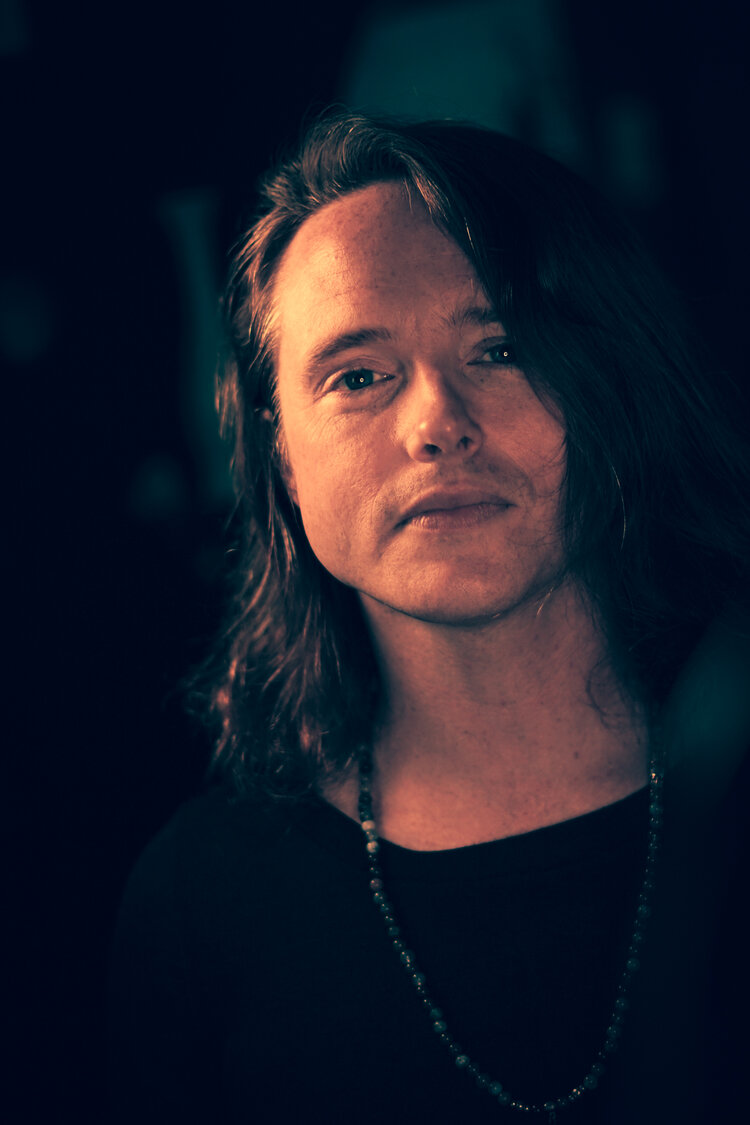How to Be an Antiracist | BraveNewLove Virtual Book Club
- Lance

- Mar 5, 2020
- 9 min read
Updated: Mar 6, 2020
I shared in my newsletter back in January that I’d like to start hosting a virtual book club for folks in the BraveNewLove community who are interested in tackling a book together. Now before you click off the post because you haven’t read this post yet, please note that having read the book isn’t a requirement to read this post by any means.






